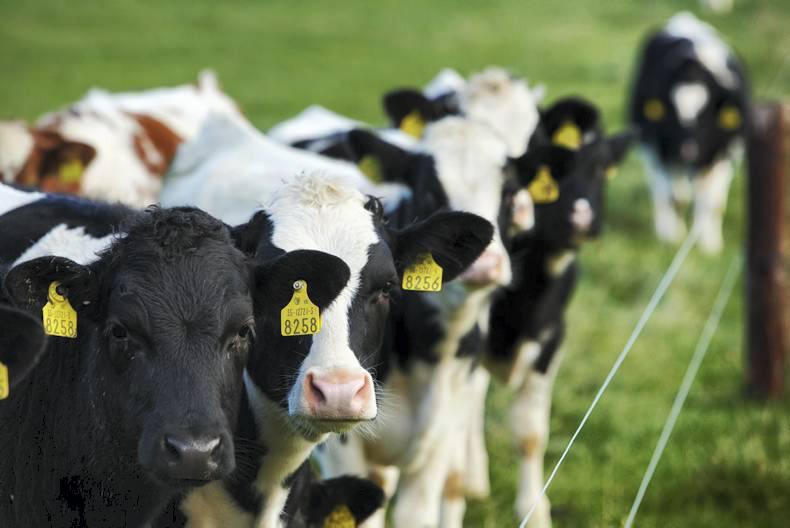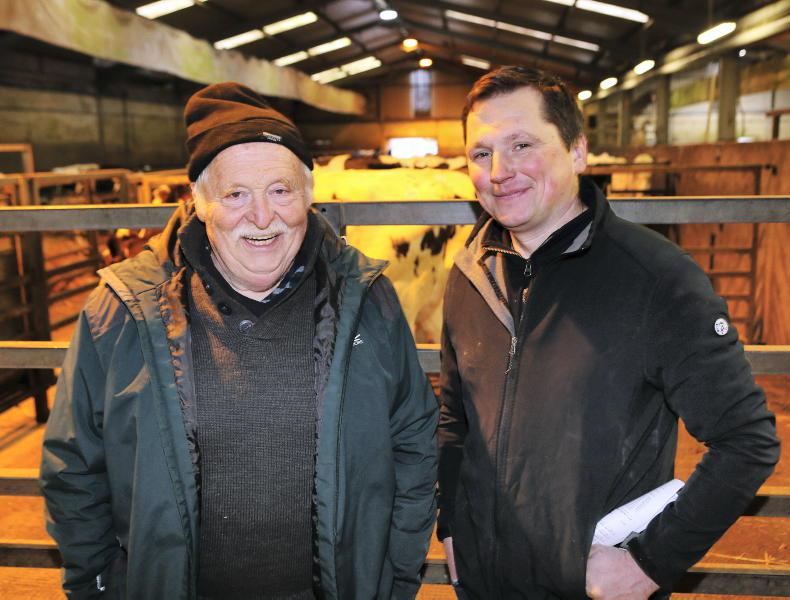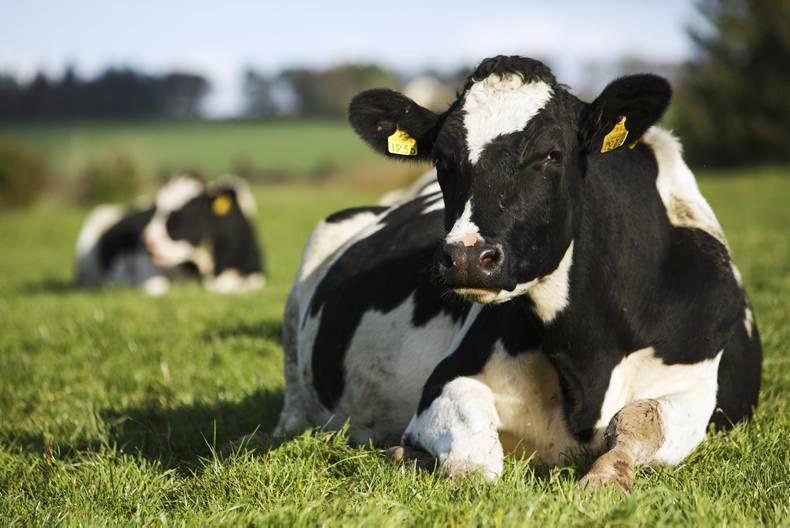The record will show 2015 will go down as an average year for milk price. Despite commodity prices crashing towards the back end of the year, most farmers had the majority of milk supplied before milk prices started to drop.
In our review this year, similar to last year, we are presenting a more complete package of results. No longer is it good enough to look at milk prices alone. We report on the farmer investment in their co-op (share-up), co-op profitability (what the accounts say) and milk prices paid out. All three combine to form a foundation for sustainable dairy farm returns.
While it may seem late in the year (mid 2016) to be reviewing 2015 results, it is only possible to complete this work after all annual accounts have been published and KPMG has reviewed all information presented by each processor.
The Milk Price Review is simply the money paid out for all manufacturing milk supplied in the calendar year divided by total litres supplied – all milk based payments included. It is this simplicity that is key to the understanding of how the review is calculated, regardless of peak-to-trough ratios, winter milk schemes etc. With greater complexity of pricing systems, the Irish Farmers Journal/KPMG milk price review is now more important than ever to provide clarity to farmers. Milk price is ranked on net price paid after deduction of levies and charges as this is the fairest comparison.
Most manufacturing milk is included in the league, but some co-ops such as Boherbue and North Cork remain outside the review. Conditional somatic cell count bonuses are included in the payout, as are premiums paid for better fat and protein in milk. Hence, processors with higher quality and better milk solids will rank higher. Processors with fixed milk price schemes can win or lose in some years but it is important to say that this is a good service to suppliers, especially those farmers that carry a high debt level, to help manage volatility.
No liquid milk
In recent years a significant change was made to the definition. This ensured that no liquid milk was “leaking in” – a long-time issue for some processors that some liquid milk was being included in a manufacturing milk price review. The definition was changed to milk “purchased for and used in manufacturing”. This has prevented liquid milk bought at a higher price (eg Glanbia, Arrabawn or Aurivo) being included in the manufacturing milk price review. Winter milk is included in the review and while it normally attains a higher value it is produced at a higher cost to the farmer. Our colour coding and percentage winter milk in total supply is included to help differentiate summer pools from winter.
Additional information
As dairy businesses have evolved, we have presented more detailed information in the coverage around the review to help understanding. Additions include the peak-to-trough ratio, milk solids payment and graphical illustration of the per-cow difference in milk value.
Click here if the graph does not display on your device.
Read more
Milk price review: the share-ups
Milk solids the key driver for farmers
Barryroe Co-op tops the KPMG/Irish Farmers Journal Milk Price Review for the fourth year in a row
The record will show 2015 will go down as an average year for milk price. Despite commodity prices crashing towards the back end of the year, most farmers had the majority of milk supplied before milk prices started to drop.
In our review this year, similar to last year, we are presenting a more complete package of results. No longer is it good enough to look at milk prices alone. We report on the farmer investment in their co-op (share-up), co-op profitability (what the accounts say) and milk prices paid out. All three combine to form a foundation for sustainable dairy farm returns.
While it may seem late in the year (mid 2016) to be reviewing 2015 results, it is only possible to complete this work after all annual accounts have been published and KPMG has reviewed all information presented by each processor.
The Milk Price Review is simply the money paid out for all manufacturing milk supplied in the calendar year divided by total litres supplied – all milk based payments included. It is this simplicity that is key to the understanding of how the review is calculated, regardless of peak-to-trough ratios, winter milk schemes etc. With greater complexity of pricing systems, the Irish Farmers Journal/KPMG milk price review is now more important than ever to provide clarity to farmers. Milk price is ranked on net price paid after deduction of levies and charges as this is the fairest comparison.
Most manufacturing milk is included in the league, but some co-ops such as Boherbue and North Cork remain outside the review. Conditional somatic cell count bonuses are included in the payout, as are premiums paid for better fat and protein in milk. Hence, processors with higher quality and better milk solids will rank higher. Processors with fixed milk price schemes can win or lose in some years but it is important to say that this is a good service to suppliers, especially those farmers that carry a high debt level, to help manage volatility.
No liquid milk
In recent years a significant change was made to the definition. This ensured that no liquid milk was “leaking in” – a long-time issue for some processors that some liquid milk was being included in a manufacturing milk price review. The definition was changed to milk “purchased for and used in manufacturing”. This has prevented liquid milk bought at a higher price (eg Glanbia, Arrabawn or Aurivo) being included in the manufacturing milk price review. Winter milk is included in the review and while it normally attains a higher value it is produced at a higher cost to the farmer. Our colour coding and percentage winter milk in total supply is included to help differentiate summer pools from winter.
Additional information
As dairy businesses have evolved, we have presented more detailed information in the coverage around the review to help understanding. Additions include the peak-to-trough ratio, milk solids payment and graphical illustration of the per-cow difference in milk value.
Click here if the graph does not display on your device.
Read more
Milk price review: the share-ups
Milk solids the key driver for farmers
Barryroe Co-op tops the KPMG/Irish Farmers Journal Milk Price Review for the fourth year in a row










SHARING OPTIONS